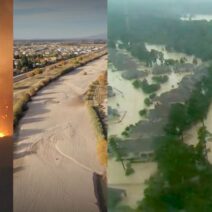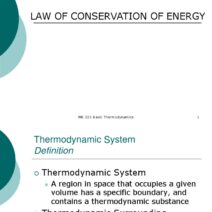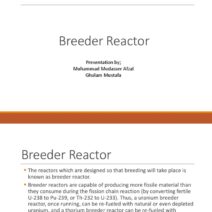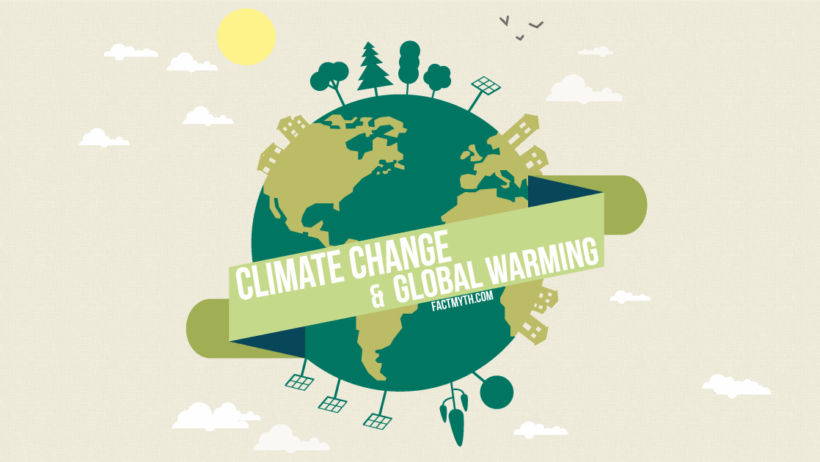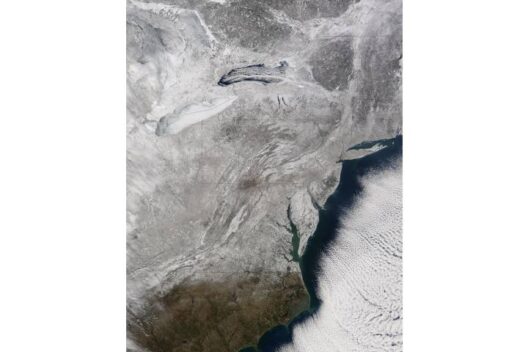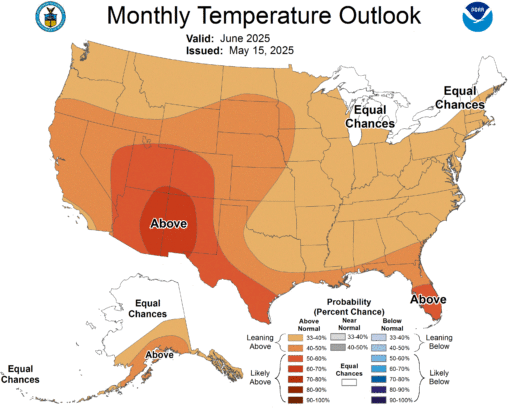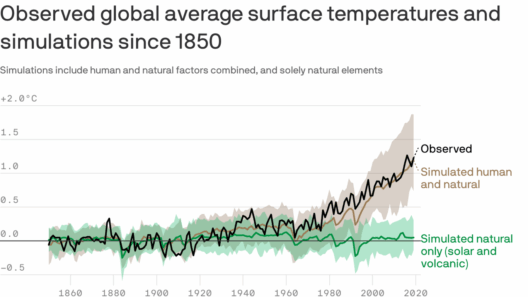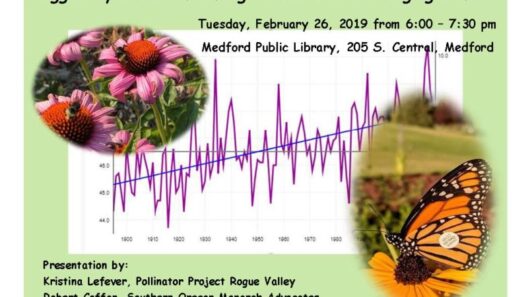In contemporary discourse surrounding environmental issues, the terms “global warming” and “climate change” are frequently used, often interchangeably. However, it is critical to delineate their differences to foster a more nuanced understanding of the challenges that confront our planet. While global warming is a significant contributor to climate change, the two concepts encapsulate distinct phenomena that warrant individual examination.
Global warming refers specifically to the observed increase in Earth’s average surface temperature due to the accumulation of greenhouse gases, primarily carbon dioxide (CO2), methane (CH4), and nitrogen oxides (NOx). These gases trap heat in the atmosphere, creating the greenhouse effect, which is essential for maintaining a habitable climate. However, anthropogenic activities, such as burning fossil fuels, deforestation, and industrial production, have intensified the natural greenhouse effect, leading to a rapid increase in global temperatures.
In contrast, climate change encompasses a broader spectrum of alterations to global weather patterns, which includes not only rising temperatures but also shifts in precipitation patterns, increases in the frequency and intensity of extreme weather events, and rising sea levels. These changes can occur irrespective of global warming and may result from various natural processes, such as volcanic eruptions, solar radiation fluctuations, and ocean currents. Nonetheless, recent empirical studies have shown a substantiated correlation between global warming and significant anthropogenic climate variations.
To contextualize, consider the ongoing phenomenon of heatwaves. These extreme temperature spikes are primarily driven by global warming. Heatwaves have become more frequent and severe, posing health risks and exacerbating drought conditions. Conversely, precipitation variability can be attributed more broadly to climate change. Some regions may experience increased rainfall while others face severe droughts, reflecting a complex interaction between various climatic factors that extends beyond temperature alone.
The intricacies of climate change manifest not just through temperature and precipitation but also through the disruption of natural ecosystems. Habitat loss, species extinction, and phenological shifts represent the ecological impacts induced by a warming climate, but they also arise from broader climatic variations. Ecosystems are inherently dynamic, and shifts in climate can lead to cascading effects that alter species distributions and ecosystem functions, irrespective of direct temperature increases.
Moreover, the social and economic ramifications of climate change further exemplify its complexity. Global warming contributes to economic disruptions, such as diminished agricultural yields and heightened energy demands. However, other forms of climate change, like sea-level rise, may disproportionately affect coastal communities through flooding and erosion, compelling a reassessment of infrastructure resilience and disaster preparedness. The multifaceted relationship between global warming and climate change necessitates an interdisciplinary approach to address these pressing challenges effectively.
Understanding the myriad effects of both global warming and climate change is essential for developing informed policy interventions. National and international climate policies often prioritize the reduction of greenhouse gas emissions as a means to mitigate global warming, demonstrating the interlinked nature of the two phenomena. However, a comprehensive strategy requires an understanding of the specific climatic and socioeconomic contexts that exacerbate climate change. Successful adaptation measures must take into account regional climate projections, vulnerabilities, and the needs of affected communities.
Education serves as a pivotal tool in disseminating knowledge on the differences between global warming and climate change. Raising awareness can empower individuals to make informed decisions regarding their carbon footprints, advocate for environmental policies, and engage in sustainable practices. Climate literacy fosters collective responsibility and builds resilience against forthcoming environmental challenges. Knowledge of the nuances surrounding global warming and climate change can inspire grassroots movements and transformative action at local, national, and global levels.
In closing, it is imperative to recognize that while global warming is a fundamental driver of current climate change trends, the broader implications of climate change extend beyond mere temperature increases. The interplay between warming and climatic variations underscores the urgency of addressing environmental issues holistically. As we continue to grapple with the consequences of our actions, fostering clarity on these critical concepts will enable a more informed and proactive approach to environmental stewardship.
Through a synergy of scientific research, policy development, and public engagement, the path toward sustainable solutions can be illuminated. Global warming and climate change may be distinct yet intertwined challenges, but with concerted effort and comprehensive understanding, we can confront these formidable obstacles head-on, ensuring a viable planet for future generations.
